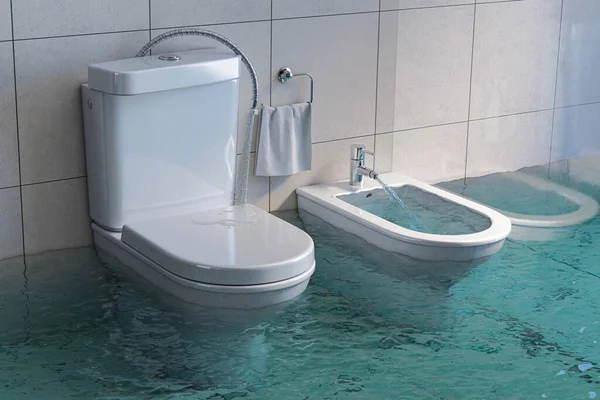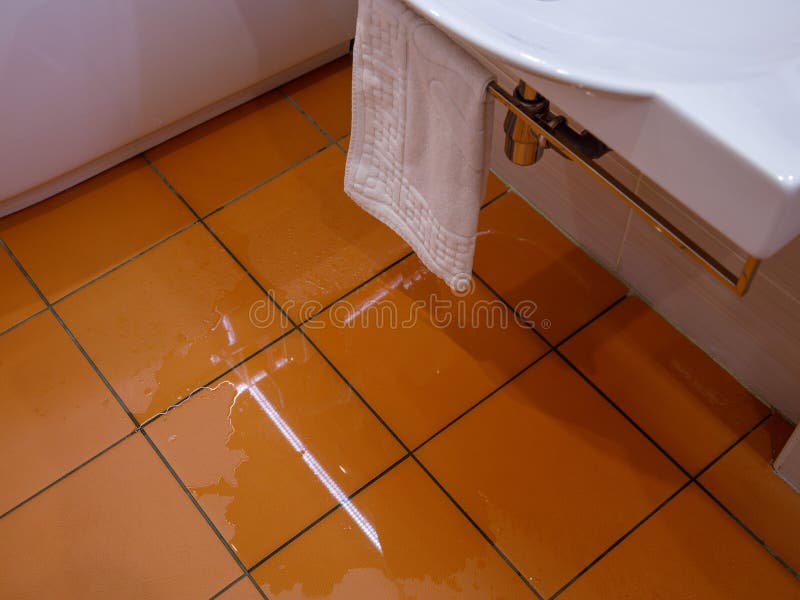What Triggers Moisture Destruction in the Bathroom
What Triggers Moisture Destruction in the Bathroom
Blog Article
Everybody maintains their unique conception in relation to How to Repair and Prevent Bathroom Water Damage?.

Water damage usually happens in the washroom as a result of the water made use of daily. Occasionally, the damage could be a little mold and mildew from the shower. Other times, it's large damage on your floor. Whatever it is, it is constantly excellent to understand the cause and prevent it prior to it takes place.
This overview will experience some of the usual reasons for water damage in the bathroom. We will also examine what you can do to stop these reasons from damaging your bathroom. Allow's dive in.
These are the usual reasons you would have water damage in your bathrooms and just how you can spot them:
Excess Moisture
It's trendy to have that long shower and sprinkle water while you hem and haw and also imitate you're performing, but often these acts could trigger water damage to your shower room.
Splashing water around can create water to visit corners and also form mold and mildews. See exactly how you spread out excess moisture around, and when you do it, clean it up to stop damage.
Fractures in your wall surface ceramic tiles
Restroom wall ceramic tiles have been specifically designed for that purpose. They shield the wall surface from wetness from people taking showers. Nonetheless, they are not indestructible.
Occasionally, your shower room wall surface floor tiles crack and permit some moisture to leak into the wall. This can possibly damage the wall surface if you don't take any type of activity. If you discover a fracture on your wall surface tiles, repair it promptly. Do not wait until it damages your wall.
Overruning commodes and sinks
As humans, often we make mistakes that might trigger some water damage in the restroom. For instance, leaving your sink tap on could create overflowing as well as damages to other parts of the washroom with moisture.
Likewise, a damaged toilet might cause overflowing. For instance, a busted commode handle or other parts of the tank. When this takes place, it can harm the floor.
As quickly as you see an overruning sink or toilet, call a plumbing technician to aid deal with it right away.
Ruptured or Dripping Pipelines
There are many pipes bring water to various parts of your shower room. Some pipelines take water to the commode, the sink, the taps, the shower, and lots of various other areas. They crisscross the small area of the restroom.
Occasionally, these pipes could get rusty and burst. Other times, human activity could cause them to leak. When this happens, you'll find water in the corners of your restroom or on the wall.
To spot this, look out for gurgling wall surfaces, molds, or mildew. Call a professional emergency plumbing to fix this when it happens.
Roofing system Leaks
Sometimes, the trouble of water damage to the washroom may not originate from the restroom. For example, a roofing system leak could trigger damages to the bathroom ceiling. You can detect the damages done by considering the water spots on the ceiling.
If you discover water stains on your ceiling, examine the roofing system to see if it's damaged. Then, call a specialist to help address the concern.
Conclusion
Water damage to your washroom can be aggravating. Nonetheless, you can manage it if you stop several of the reasons discussed in this overview. Call a professional emergency plumber if you discover any type of serious damage.
How to Prevent Water Damage in Your Bathroom?
Water damage repair is an expensive, meticulous, and lengthy process. Unfortunately, bathrooms are the most susceptible rooms to water damage due to toilets, showers, and sinks. Pipes and fixtures wear out over time and are not immune to damage. But all is not lost, as there are ways to prevent water damage from occurring in your bathroom.
Check Your Plumbing
Nothing lasts forever, especially pipes, which can rust and begin leaking over time. You should periodically conduct pipe inspections and pay attention for any musty smells or water stains that may indicate you need water damage repair. Here are some things to check:
Frequently test valves for your toilet, shower, and sink to ensure they are properly working. Check faucet supply lines hidden under vanities and replace when needed. Replace cracked or deteriorating caulking along sinks, tubs, and showers. If you notice a clog in your sink, call in a professional. Since you can’t check the pipes in the wall, keep an eye out for stains, drywall bubbling, musty smells, and excess moisture; if the bathroom is on a second level, check the ceiling of the room directly below for these signs. Don’t Overwork Your Toilet
One of the most common reasons bathrooms need water damage repair is due to overflowing toilets. Save yourself the hassle of cleanup by being mindful and not pushing your toilet to extreme limits. If you have young children, it is especially important to keep an eye on them when they are in the bathroom and to teach them how to avoid clogging the toilet. Here are some more tips to help prevent your toilet from overflowing:
If you have a septic tank, only use septic-safe toilet paper Do not flush anything down the toilet besides toilet paper; items like diapers and sanitary napkins will clog the piping Pay attention to your toilet’s water level: If it’s low, it could mean it is partially clogged or that there is a crack in the toilet bowl https://www.alure.com/home-improvements-blog/resources/how-to-prevent-water-damage-in-your-bathroom

I found that review about How to Repair and Prevent Bathroom Water Damage? while doing research the search engines. You should take the time to distribute this entry if you enjoyed it. We recognize the value of reading our article about How to Repair and Prevent Bathroom Water Damage?.
Call, we respond! Report this page